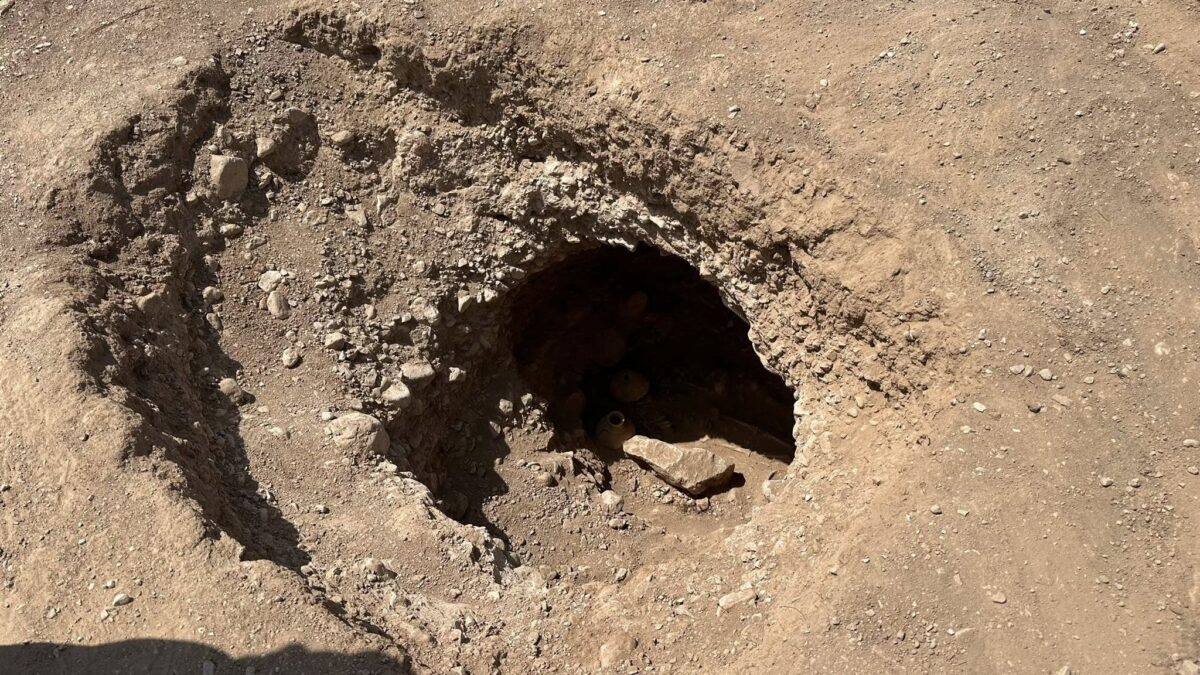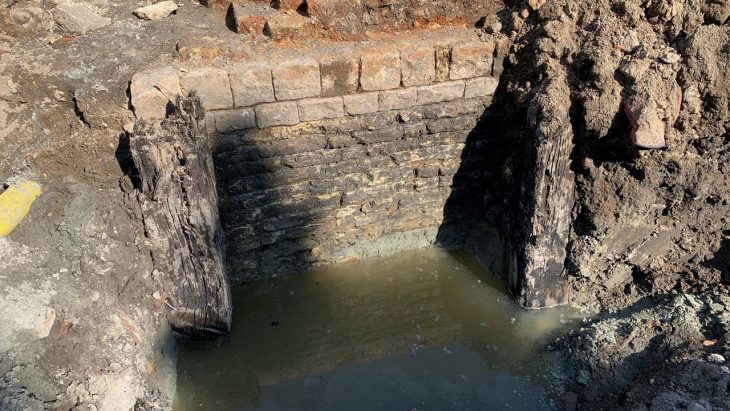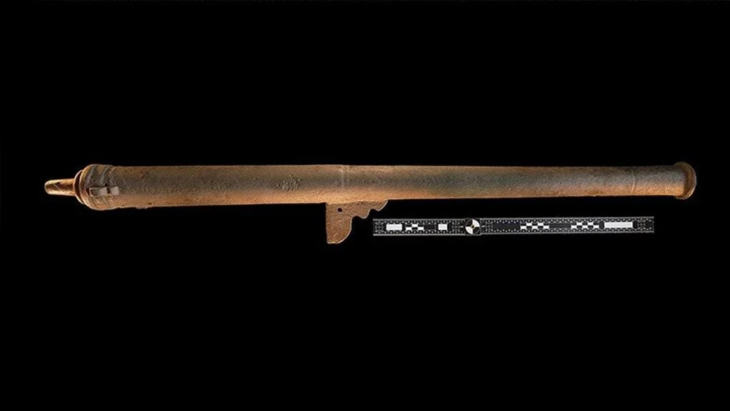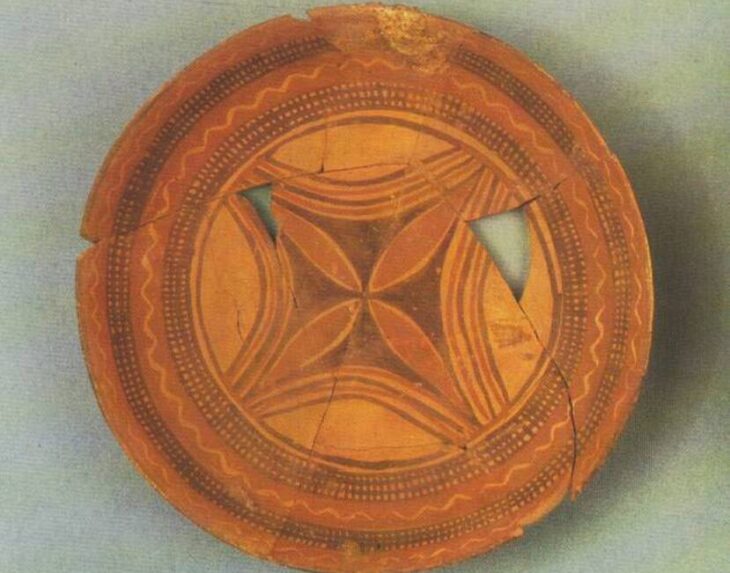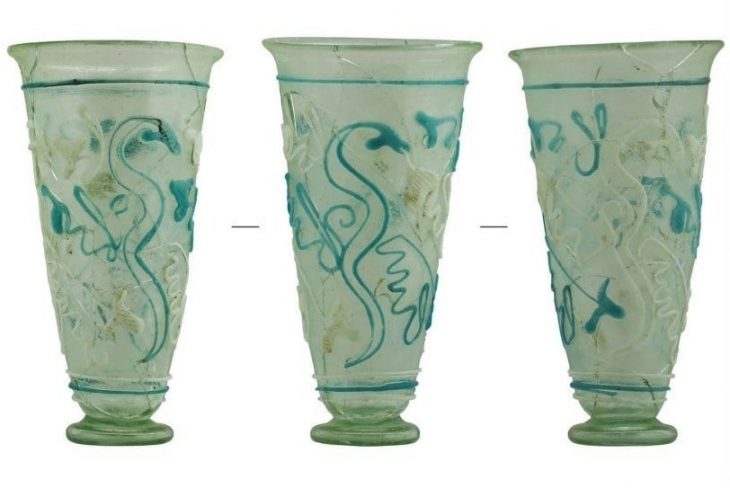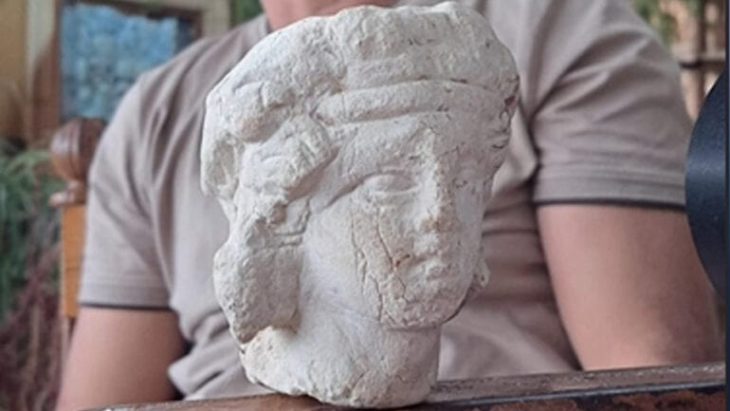Archaeologists have discovered graves dating back approximately 2,000 years in the village of Kyzyl-Koshun-1, located in the Batken district of southern Kyrgyzstan. This significant finding is opening a new chapter in understanding the rich history of the Silk Road and the ancient civilizations that once thrived in the region.
The ongoing excavations are part of a joint project between the Institute of History, Archaeology, and Ethnology of the National Academy of Sciences of the Kyrgyz Republic and Batken State University. This collaborative effort brings together local researchers and international experts, including specialists from the Czech Republic, to investigate one of the most important archaeological sites in the area.
Unveiling Batken’s Archaeological Treasure
Batken region, situated near the borders of Tajikistan and Uzbekistan, is a historically strategic area along the ancient Silk Road trade routes. Despite its importance, archaeological excavations in Batken had not been conducted since the 1950s, leaving much of its ancient past unexplored until recent years.
Systematic archaeological work began in 2023 at the Kyzyl-Koshun-1 cemetery. Initial efforts involved aerial drone surveys and creating detailed site maps, which led to the identification of numerous burial mounds. In 2024, researchers cataloged 119 burial mounds and commenced full-scale excavations. The work continues actively in 2025, building on these earlier discoveries.
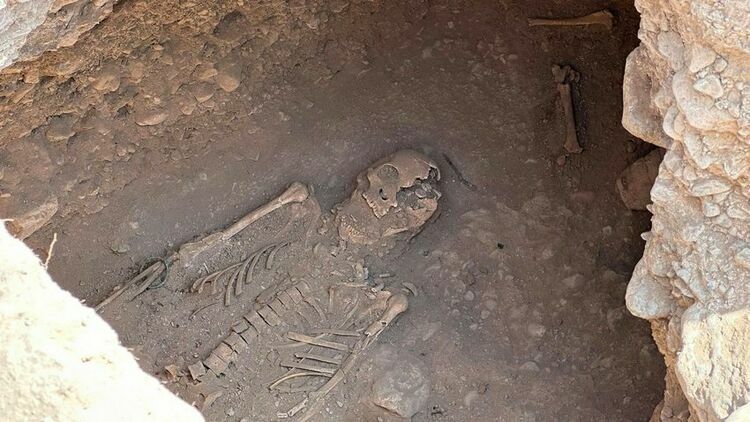
Discoveries Dating Back Two Millennia
The unearthed remains are believed to date back around 2,000 years, potentially belonging to ancient nomadic communities that once traversed the Fergana Valley and surrounding highlands. Archaeologists suggest that the site may have been part of a larger settlement or ritual area, serving both as a burial ground and a place of cultural significance.
📣 Our WhatsApp channel is now LIVE! Stay up-to-date with the latest news and updates, just click here to follow us on WhatsApp and never miss a thing!!
Alongside the skeletal remains, archaeologists have already uncovered numerous artifacts, including pottery fragments, metal tools, and decorative ornaments. These findings offer valuable clues about the daily lives, trade connections, and spiritual practices of the region’s ancient inhabitants, painting a clearer picture of the culture that thrived in Batken over two millennia ago.
Public Engagement and Historical Awareness
A unique aspect of the excavation is its openness to the public. Visitors are encouraged to observe the archaeological process, fostering community involvement and raising awareness of the region’s heritage. This approach supports both education and tourism, highlighting Batken’s role as a vital link in Central Asia’s ancient history.

Significance for Kyrgyzstan’s History
Experts believe that these findings will shed light not only on Batken’s history but also on the broader narrative of Kyrgyzstan’s ancient past. The region has long served as a crossroads of civilizations, with trade routes and cultural exchanges linking Central Asia to China, Persia, and beyond.
By studying these ancient burials, researchers hope to better understand migration patterns, burial customs, and the socio-political dynamics of early Central Asian societies. Such discoveries may also reveal connections between the Batken region and other archaeological sites across the Silk Road.
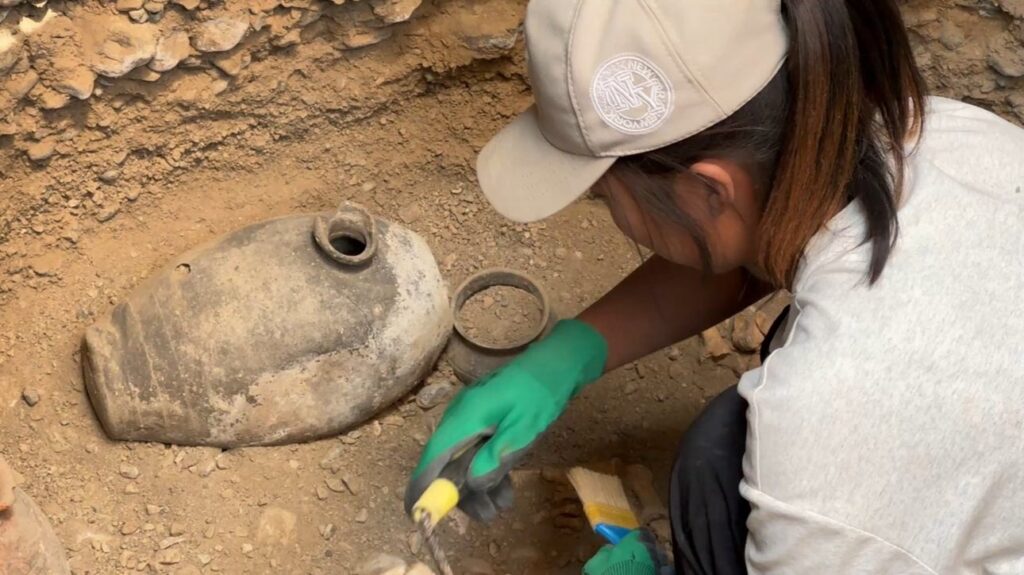
Looking Ahead
As excavations continue, scientists remain optimistic that the site will yield further discoveries, potentially rewriting parts of Kyrgyzstan’s early history. The collaboration between local institutions and foreign experts ensures that the work meets international research standards while contributing to the training of a new generation of Kyrgyz archaeologists.
For now, the ancient voices of Kyzyl-Koshun-1 are beginning to be heard once more, offering a rare glimpse into a time when nomadic cultures shaped the landscapes of Central Asia.
Cover Image Credit: Batken State University

